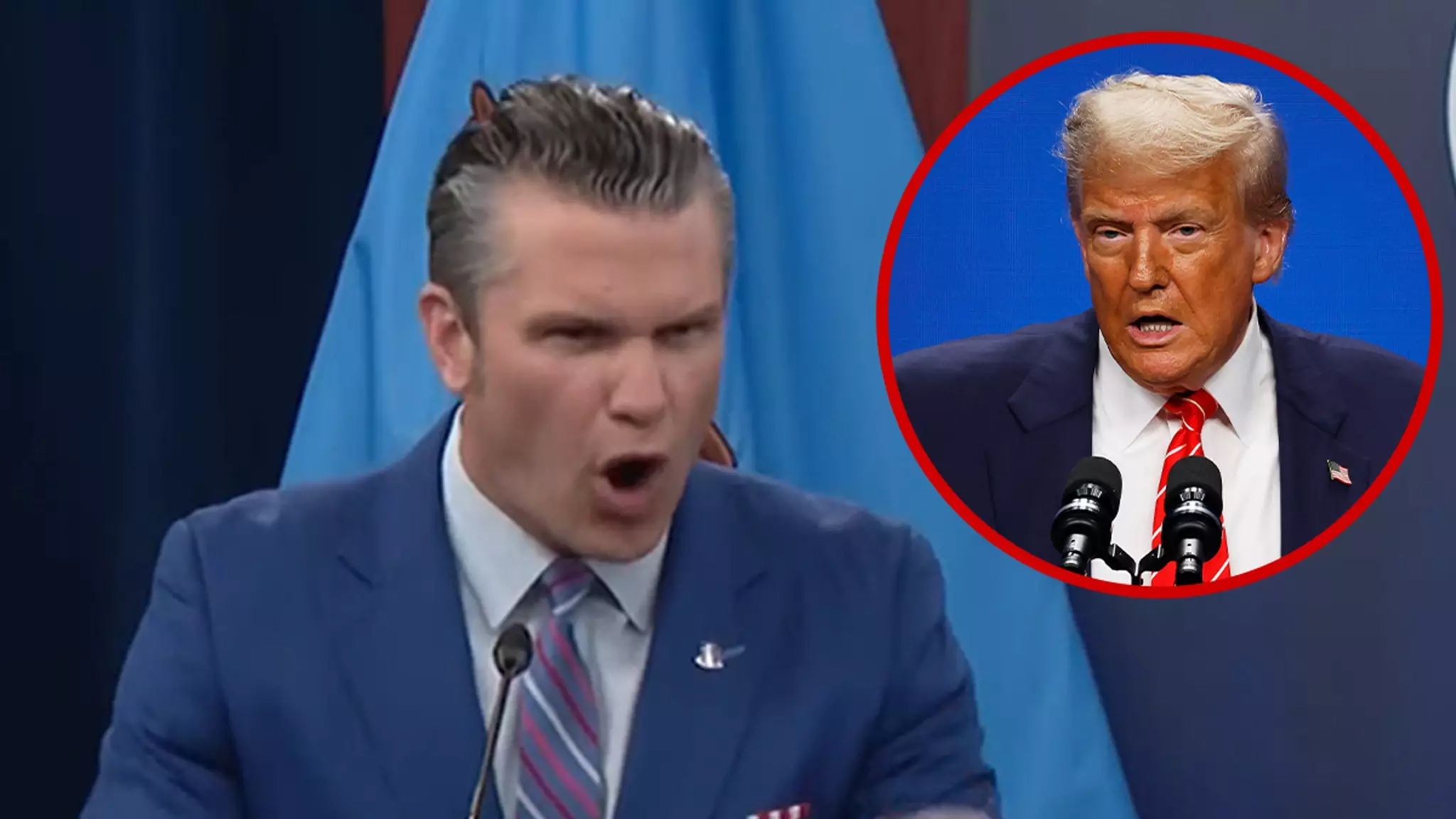In the realm of modern politics, few relationships are as fraught as that between the press and the ruling administration, particularly during turbulent times. The recent confrontation involving Secretary of Defense Pete Hegseth underscores this reality, illuminating the passionate defenses of military actions by high-ranking officials. Hegseth’s vehement denunciation of the media, whom he accused of being “un-American” for their reporting on military operations, raises questions about the delicate balance between public accountability and the narrative of patriotism that many within the military seek to uphold.
Questioning the Media’s Patriotism
Hegseth’s assertion that the media is motivated by a desire to undermine President Trump reflects a struggle over the narrative surrounding America’s military engagements. By framing critical reporting as an attack not just on the president but also on the troops executing these missions, Hegseth attempts to situate national security within the larger context of journalistic ethics. This rhetoric suggests a troubling trend: the conflation of criticism of military strategy with a lack of support for service members themselves. It is crucial to dissect whether this stance truly serves the interests of transparency and accountability, or if it serves to silence dissenting voices.
Exposing Half-Truths
The crux of Hegseth’s argument hinges on the invocation of “half-truths” by the media, exemplified by their interpretations of leaked Pentagon reports. Here, the narrative emerges that the media, in their pursuit of sensational headlines and clickbait, compromises the integrity of reporting. However, one must consider whether this assertion is a diversion from acknowledging the complexities and consequences of military decisions. Touting the valor of military personnel is undoubtedly important; yet, it cannot come at the expense of sober analysis and critical oversight that the press is duty-bound to provide.
Gender Dynamics and Military Discourse
Hegseth’s response to queries regarding the representation of female pilots in the military further complicates this discussion. By rebuffing a journalist who aimed to highlight a female pilot’s role, he perpetuates a narrative that dismisses women’s contributions in favor of a traditional, male-centric view of military valor. This reflects an unfortunate reality within military and political discourse—while striving to ensure respect for service members, there is a risk of sidestepping progressive discourse around gender inclusivity.
Footage as a Power Play
Moreover, the Pentagon’s release of dramatic footage showcasing powerful weapons serves a dual purpose: to reaffirm military prowess while simultaneously promoting a culture of fear regarding adversaries like Iran. Such visual narratives can shape public perception, reinstating a unidimensional view of conflict. This militaristic sight, reminiscent of demonstrations of power, might indeed stun audiences, but it begs the question of whether shock value translates to a comprehensive understanding of the geopolitical implications of military action.
In navigating this charged atmosphere, it is evident that the dialogue surrounding defense, media integrity, and the portrayal of military personnel is far from straightforward. The intersection of these elements reflects broader societal values regarding both accountability and the respect we owe to those in service. The stakes are high, and whether in criticism or praise, the challenge remains in ensuring that all narratives are captured with the nuance they deserve.

